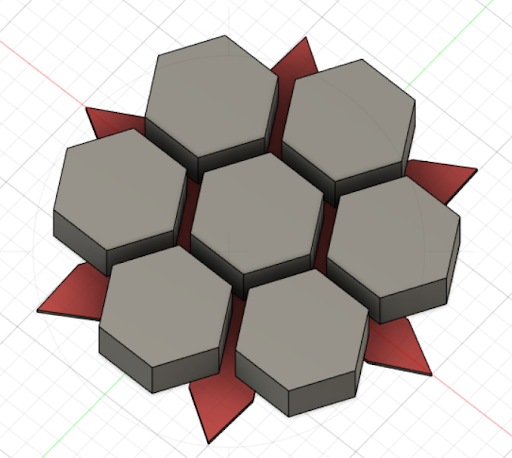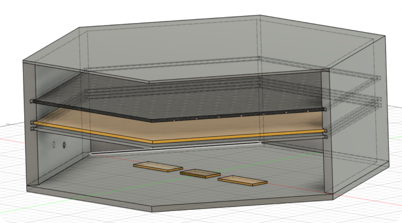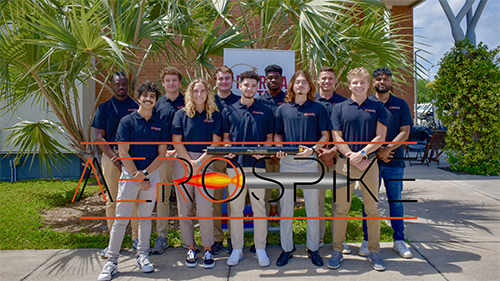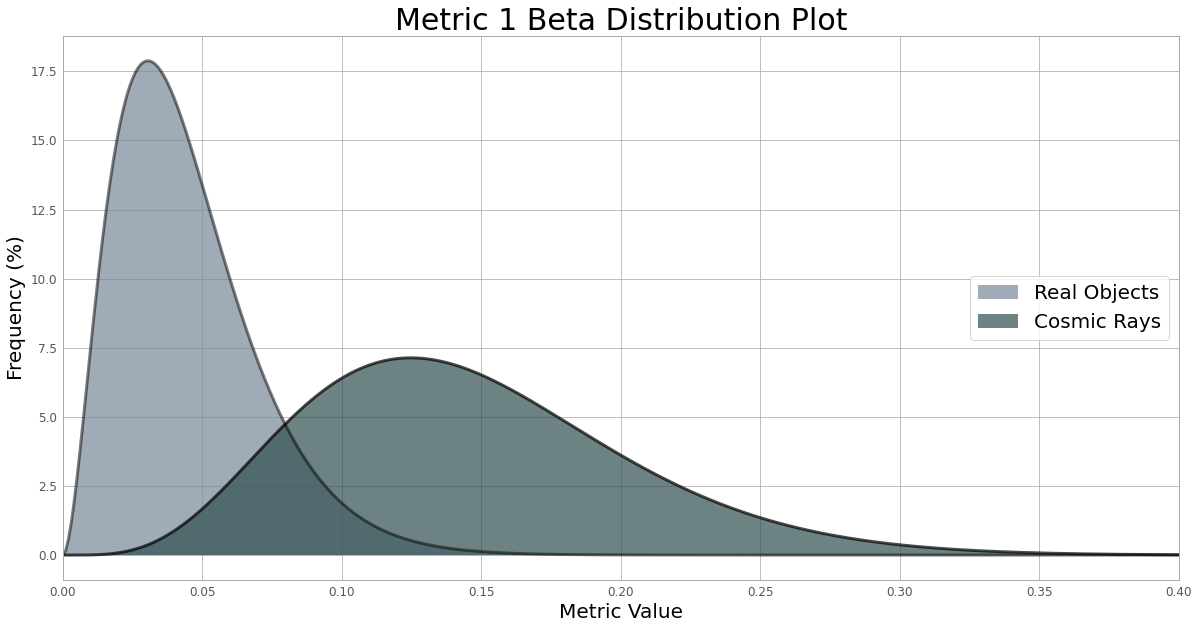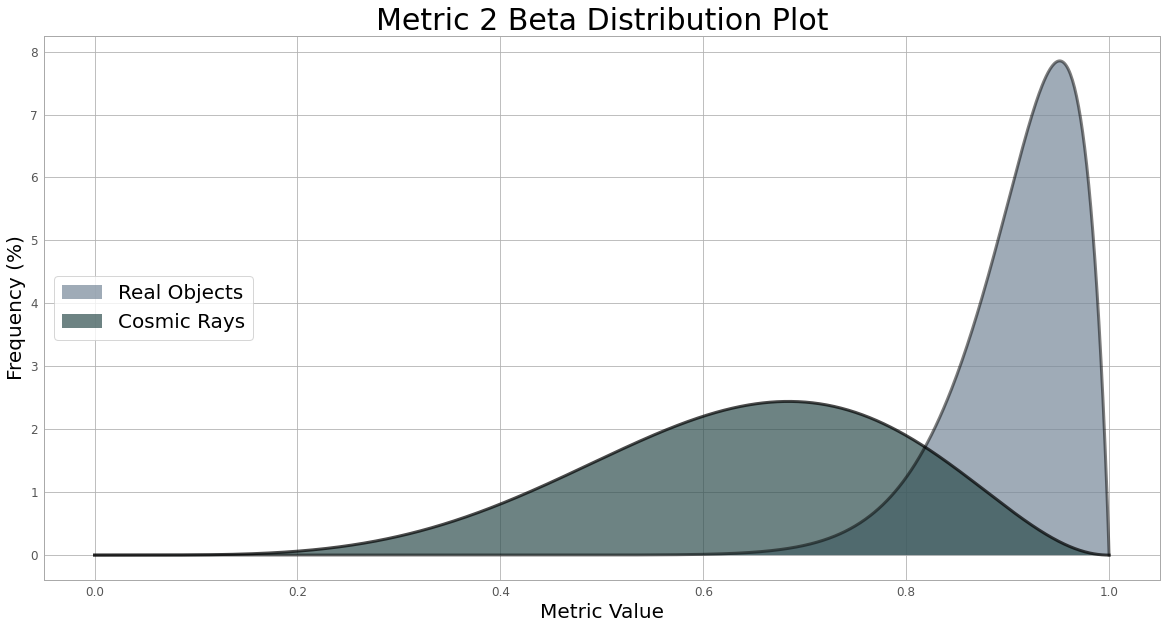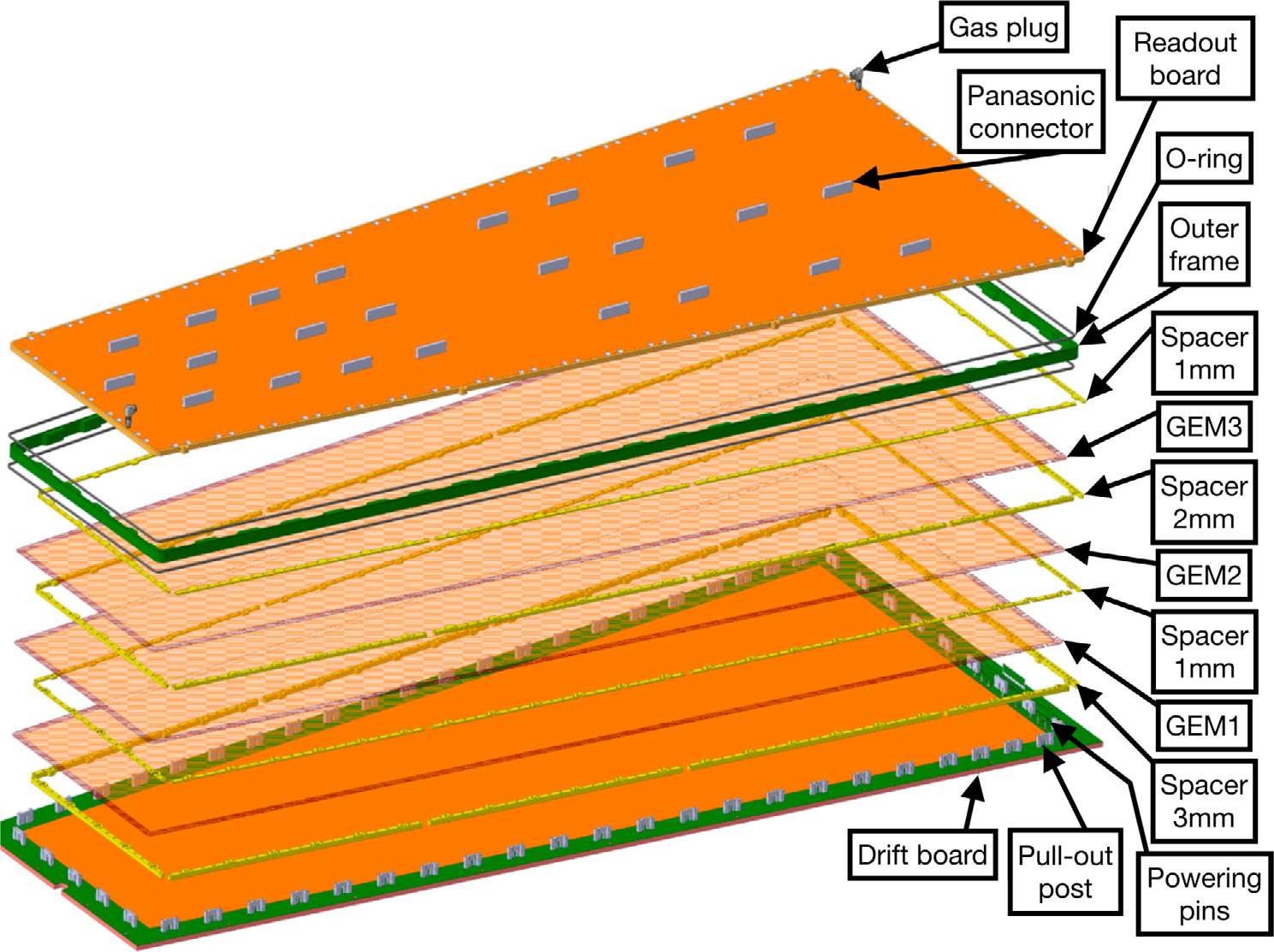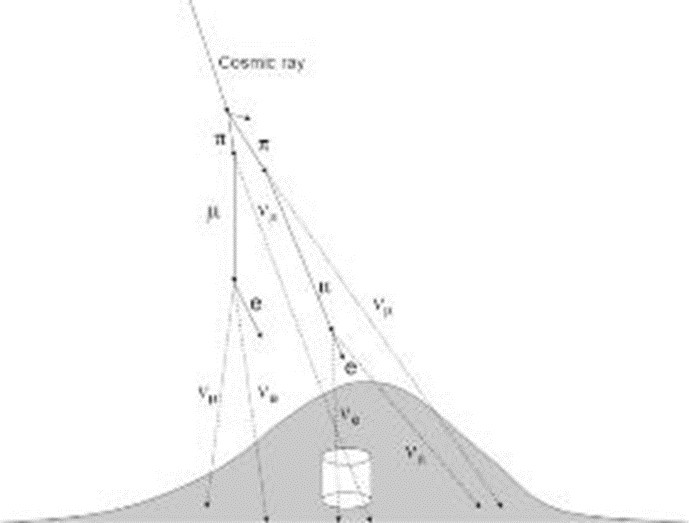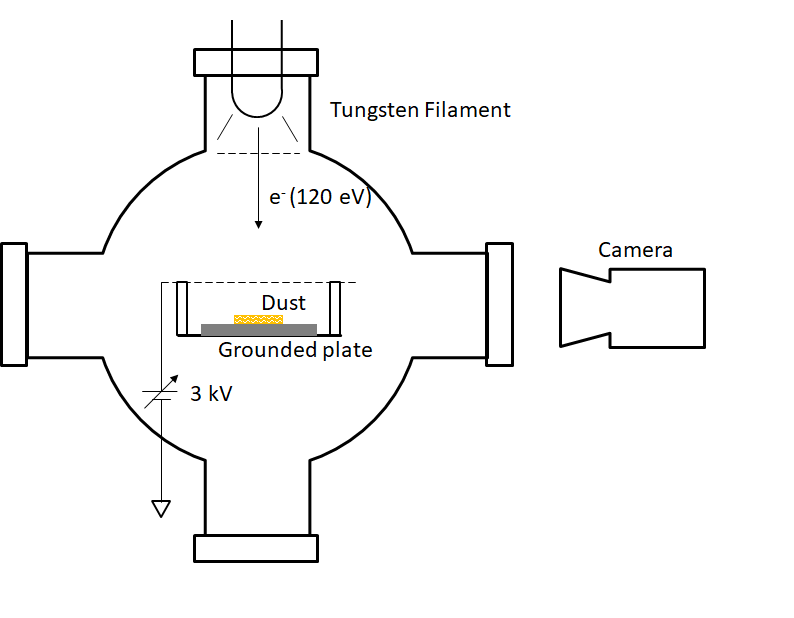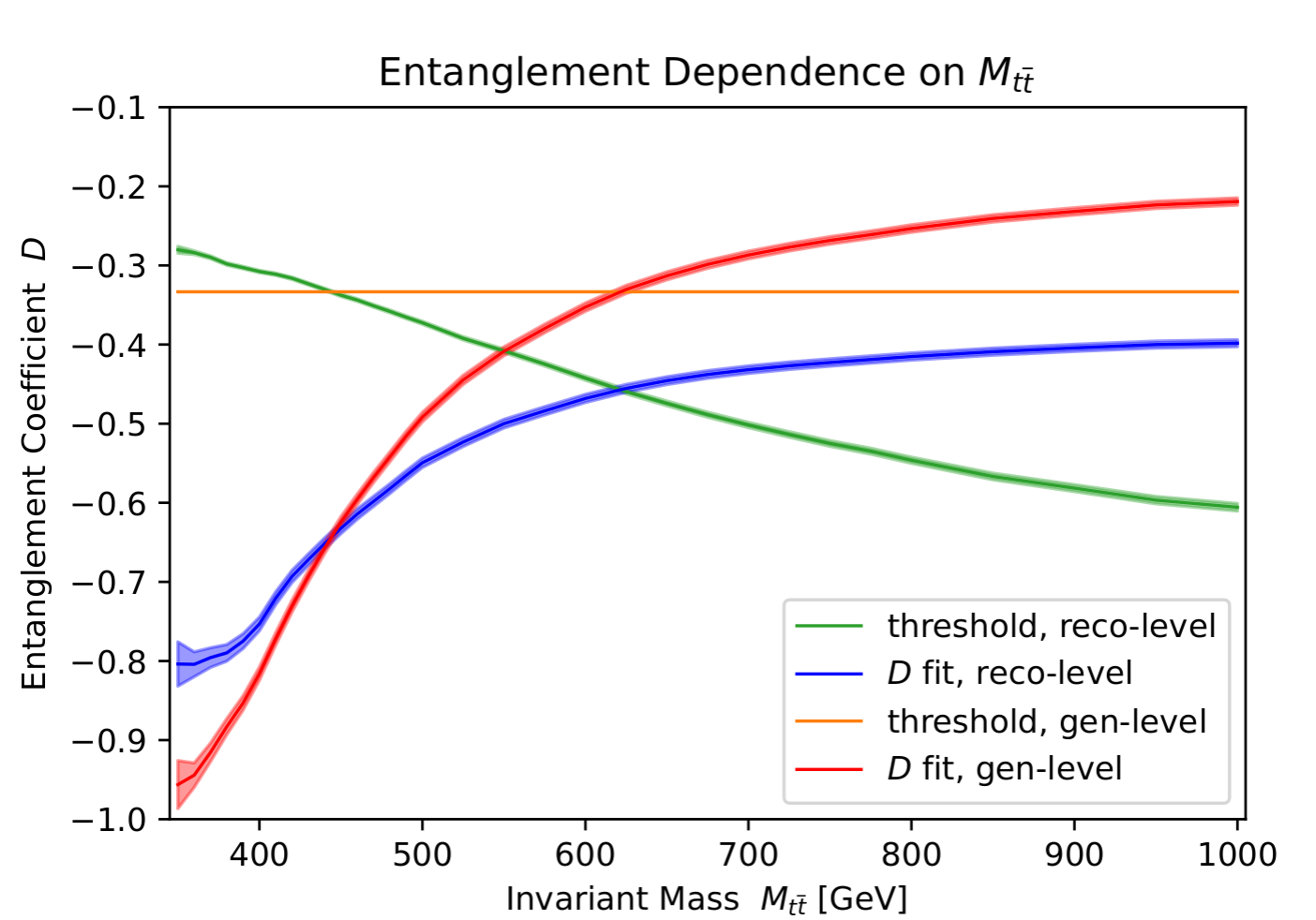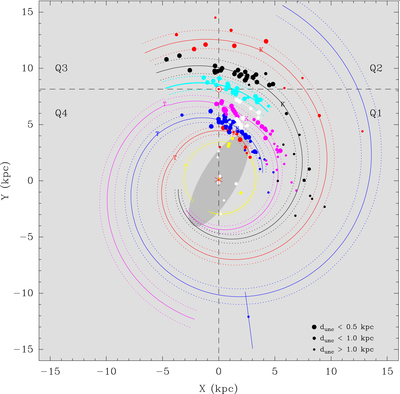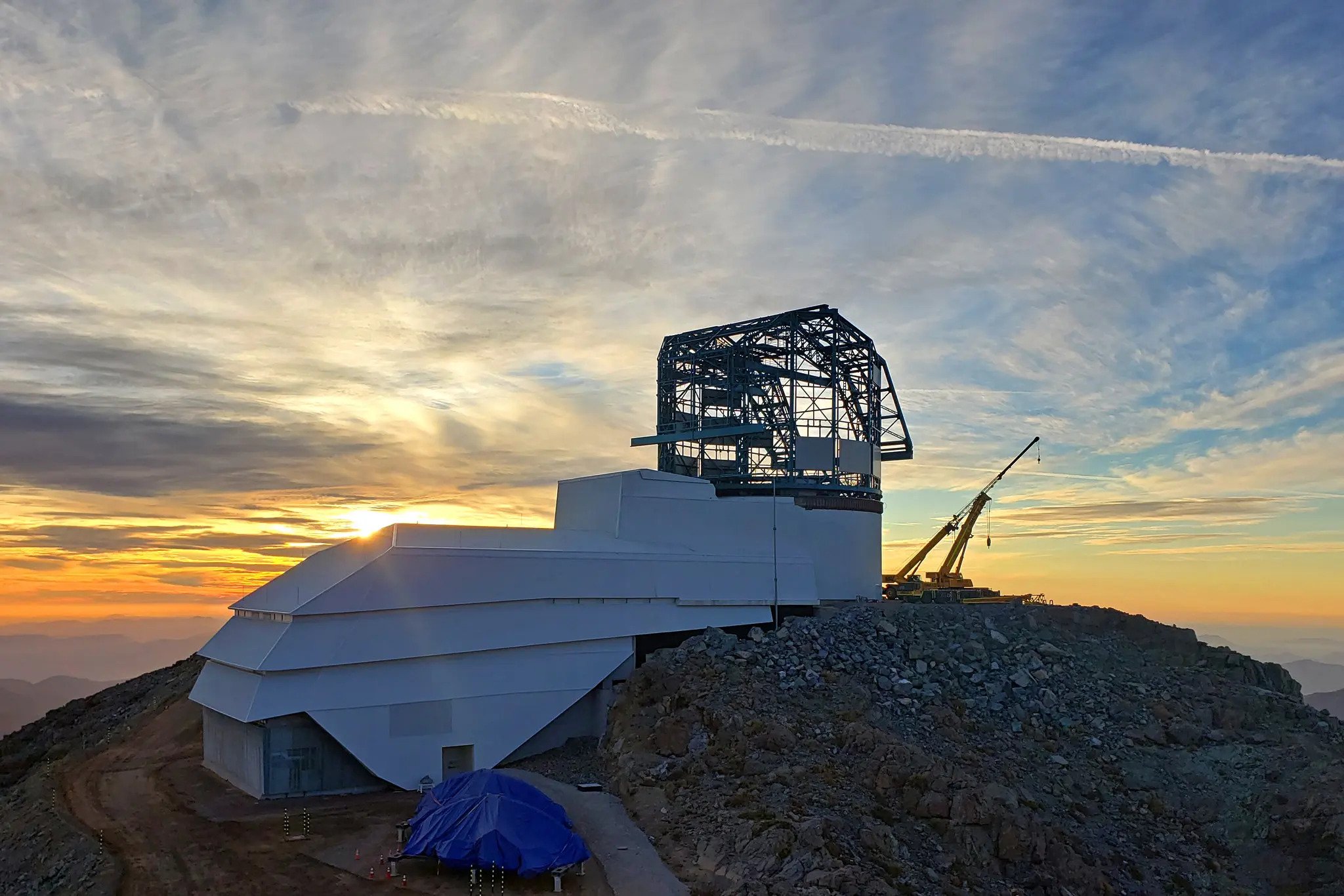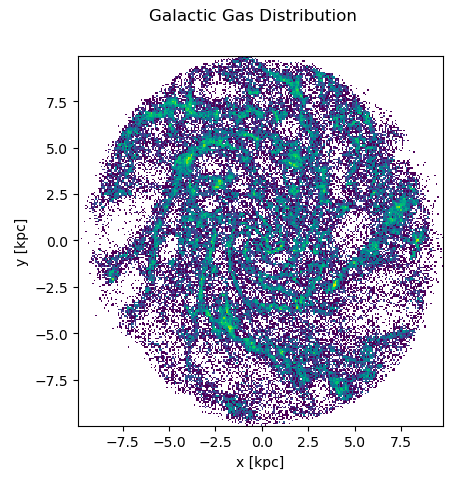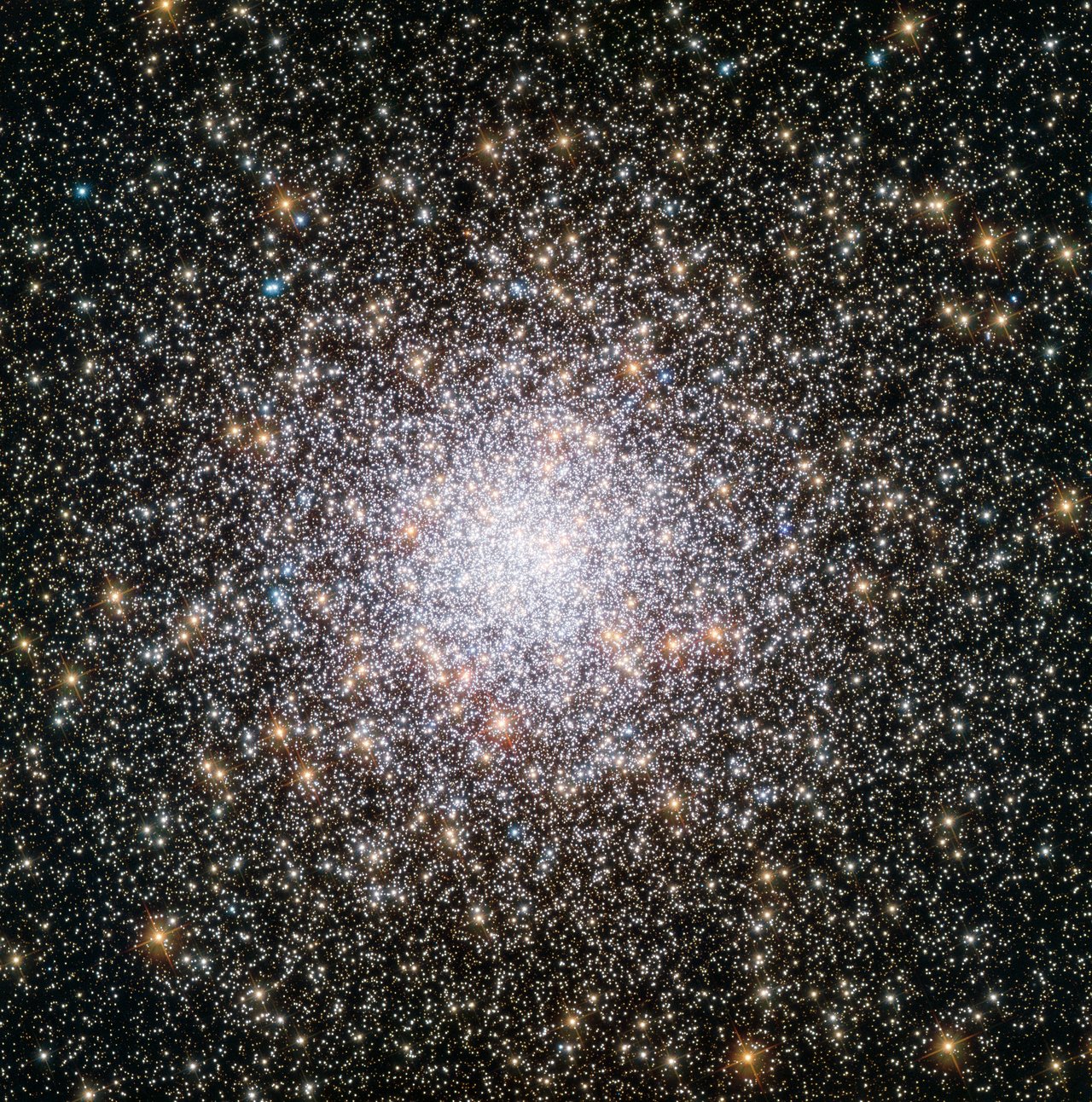.png)
Team Leader(s)
Melanie Rivera, Zachary Gross, Brady Buffington, Ryan Holler, Anthony Vernachio, Daniel Aizenberg
Team Member(s)
Melanie Rivera, Zachary Gross, Brady Buffington, Ryan Holler, Anthony Vernachio, Daniel Aizenberg, Ryan Monte, Radu-Theodore Palaghianu, Patrick Quinn, Rushon Riviere-Alexander, Krista Sahadeo
Faculty Advisor
Dr. Douglas Willard
Solar Optimized Aerial Research - S.O.A.R. File Download
Project Summary
Traditional aircraft emissions impose a tremendous threat to the environment with reference to pollutant gases produced by the engines. The use of solar-powered systems significantly reduces this effect. The ample supply of solar energy improves productivity and efficiency while also prolonging flight time and extending range. SOAR strives to overcome the challenge of breaking the world endurance record for low altitude unmanned aerial vehicles under 50 kg by attempting flight for over 81.5 hours. The project will encompass the design, fabrication, and testing of the unmanned aerial system (UAS) that will attempt to accomplish the feat.
Project Objective
1. The team shall design and build an unmanned solar aerial system.
2. The system shall perform a full charging and use rotation over a 36-hour flight test.
3. The team shall deliver a system capable of surpassing the current world record for low altitude, under 50 kg flight.
Manufacturing Design Methods
Resin 3D Printing, PLA 3D Printing, Composite Laminating, Monokoting wing, Lamination of solar cells, Autodesk Fusion 360, Ansys Fluent, XFLR5, CNC routing
Specification
Aerodynamics:
- Wingspan - 6m
- Aspect Ratio - 12.67
- Total Lift - 151.78 N
- Total Drag - 8.21 N
Electrical:
- Solar Cell Output - 450 Watts
- Total Battery Capacity - 130 Amp Hours
- Max Thrust Produced - 26 Newtons
- Telemetry Range – 500m
- Position Determination Error - ± 2m
- Response Time – 0.3 s
Structural:
- Mass – 14 kg
- Carbon fiber spars
- Fiberglass and Monokote skin
- Balsa wood ribs, shear webs, and stringers
Analysis
In our data analysis, a variety of methods and software were utilized to ensure comprehensive results. Ansys was used to perform simulations and analyze the performance of the designs. Xflr5 allowed for simulations of airflow and analysis of the aerodynamic properties of our models. Telemetry testing was performed to collect data on the performance of our designs in real-time, while solar and propeller testing helped to measure efficiency and power output. Finally, structural testing was conducted to ensure the durability and strength of the designs.
Future Works
The design and manufacture of a solar-powered airplane to break the world record of 81.5 hours was a challenging yet rewarding task. Through the use of advanced methods and software, our team was able to develop a high-performing and efficient aircraft. Our project was made possible by the hard work and dedication of our team members, who demonstrated exceptional engineering skills and attention to detail. We are confident that our solar-powered UAS has the potential to set a new world record, and we look forward to seeing its success.
Moving forward, our team will continue to conduct extensive flight tests to evaluate its performance under different weather conditions and make necessary adjustments to improve its efficiency and endurance. Additionally, we will explore the possibility of incorporating new technologies and materials to further enhance the aircraft's capabilities. The safety of the UAS will remain our top priority, and we will take all necessary measures to ensure a successful and safe flight. With our continued dedication and commitment to innovation, we are confident that our solar-powered UAS will satisfy our original objectives, and also pave the way for a more sustainable future in unmanned aviation.
Other Information
The team faced a series of challenges throughout this year, the technical challenges were broken down by subsystem and can are described in further detail. Aerodynamic challenges stem from surface quality discrepancies that can affect lift and drag values obtained from simulations, potentially undermining the accuracy of data relied on by the team. Electrical challenges are posed by various components that are critical to project success, including solar cells, motors, and batteries, which must be carefully managed to ensure they produce the expected amount of power, prevent overheating, maintain connectivity, and prevent damage. Structural challenges relate to critical interfaces, fatigue of components, and staying within mass budget constraints, all of which can impact the overall design and reliability of the UAS. Logistics challenges include budget constraints, time management for manufacturing, and availability of components, all of which can affect progress and project completion.
The team mitigated mentioned project challenges by smoothing surfaces within acceptable limits, conducting thorough testing of all components and critical interfaces, implementing proper cooling and charging management, developing backup systems, preventing fatigue of components, staying within mass and monetary budget constraints, allocating sufficient time for manufacturing and testing, and identified alternative sources for components in case of shortages or delays in delivery.
Acknowledgement
Thank you to our donors for supporting our team along this journey, especially Mr. Joe Bussenger, and Mr. and Mrs. Nguyen! A big thanks also goes to our sponsors, Ansys and Solidworks, for their additional support.



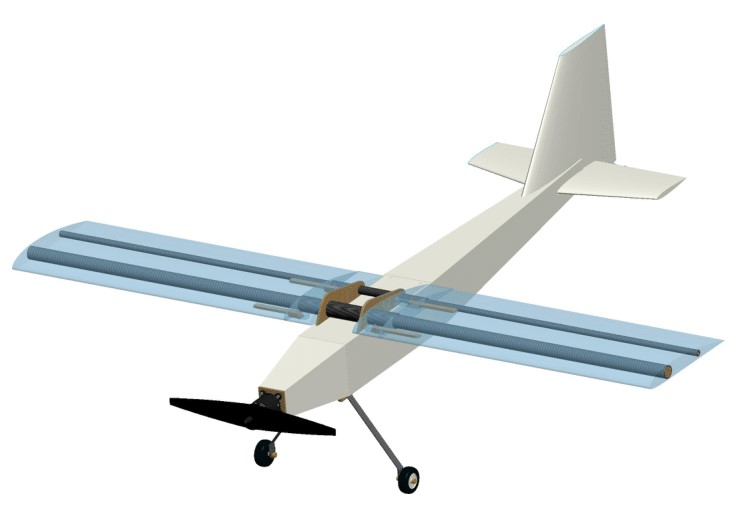
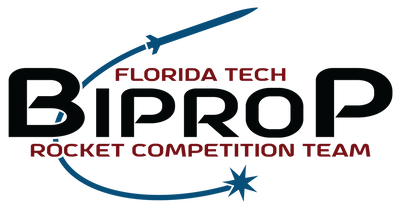

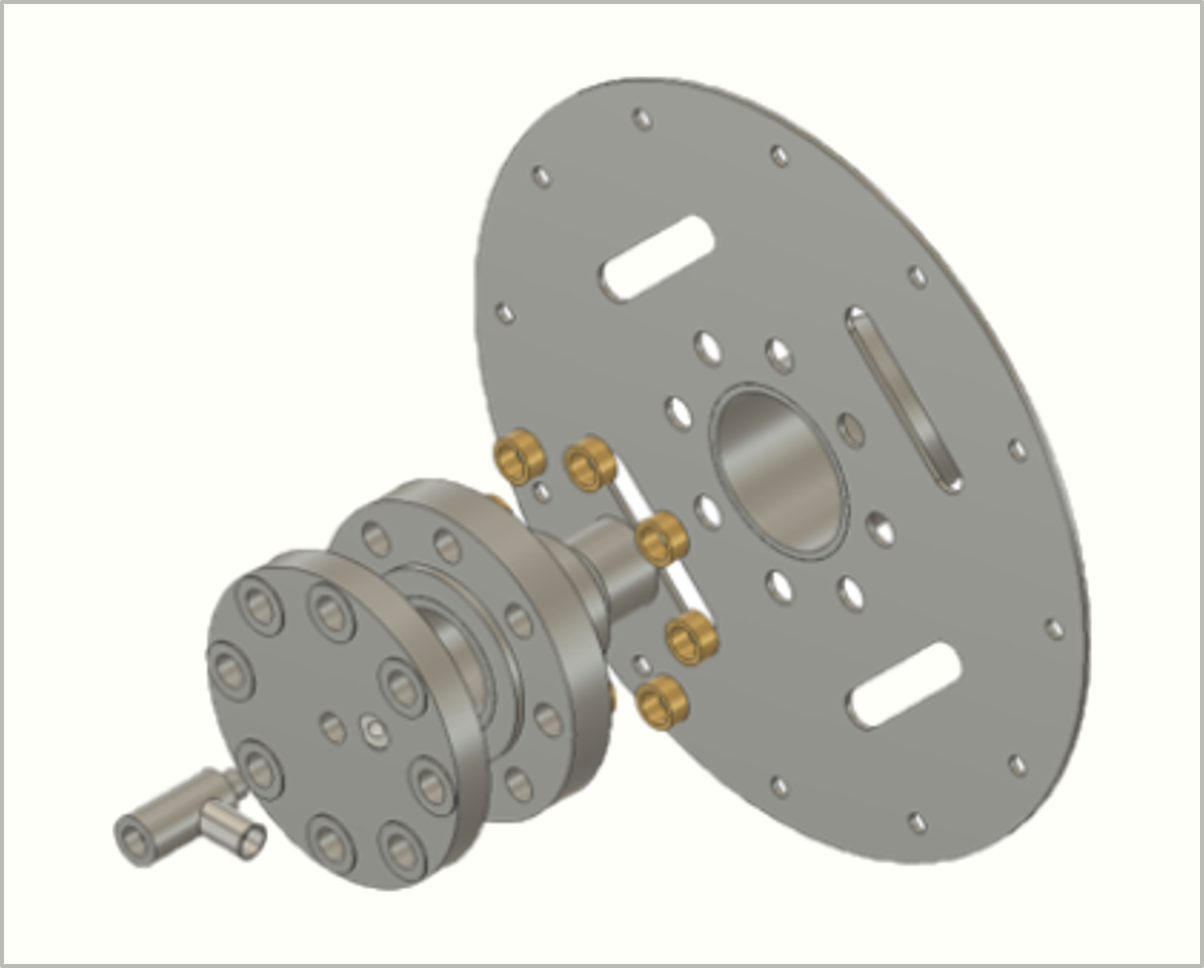
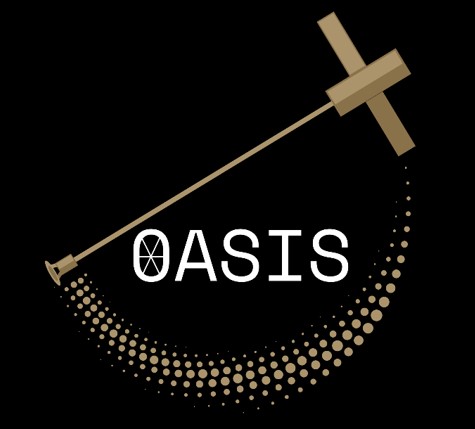

.png)

